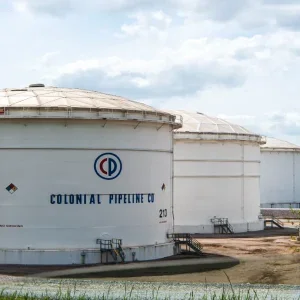 GeoSea is carrying out the installation with its jack-up vehicle Innovation, which can carry up to 4 monopiles at a time. Each of the monopile is about 65m long, weighs about 800 tonnes, with a diameter of 8.1m.
GeoSea is carrying out the installation with its jack-up vehicle Innovation, which can carry up to 4 monopiles at a time. Each of the monopile is about 65m long, weighs about 800 tonnes, with a diameter of 8.1m.
A total of 174 monopiles have been installed at the site, which is 120km off of Yorkshire coast, stated Ørsted. These monopile foundations for the project are being supplied by EEW.
The wind farm is expected to be operational in 2020 and will be able to generate enough clean electricity to power more than a million UK homes.
In March, Innovation will be joined by A2Sea’s vessel Sea Installer, which will share responsibility of transition piece installation.
Project programme director Duncan Clark said: “After years of planning it is fantastic to see the initial stages of offshore construction begin.
“Onshore, we are continuing to construct the East Coast Hub which will serve as an operations and maintenance base for our existing wind farms in the area and both Hornsea Project One, and Project Two which we took a final investment decision on last year.
“These wind farms will not only greatly contribute to the UK’s goal of decarbonising our energy system, they are also bringing jobs and investment to Grimsby and the North East.”
The wind farm is expected to include Siemens Gamesa’s SWT-7.0-154 7MW turbines, each with a total blade swept area of 154m. The total turbine height will be 200m.
When operational, the wind farm can help offset more than 1.7 million tonnes of CO2 and 40,000 tonnes of SO2, had the electricity been produced using conventional coal-fired plant.
Image: Ørsted begins construction at Hornsea One offshore wind project. Photo: Courtesy of Ørsted.






